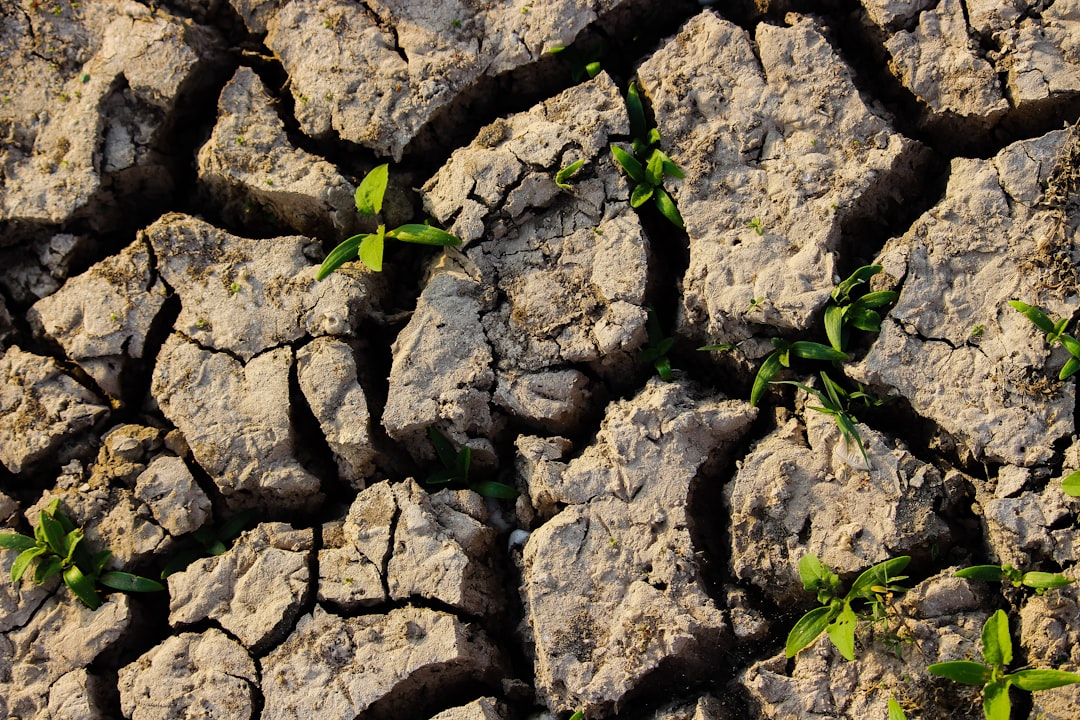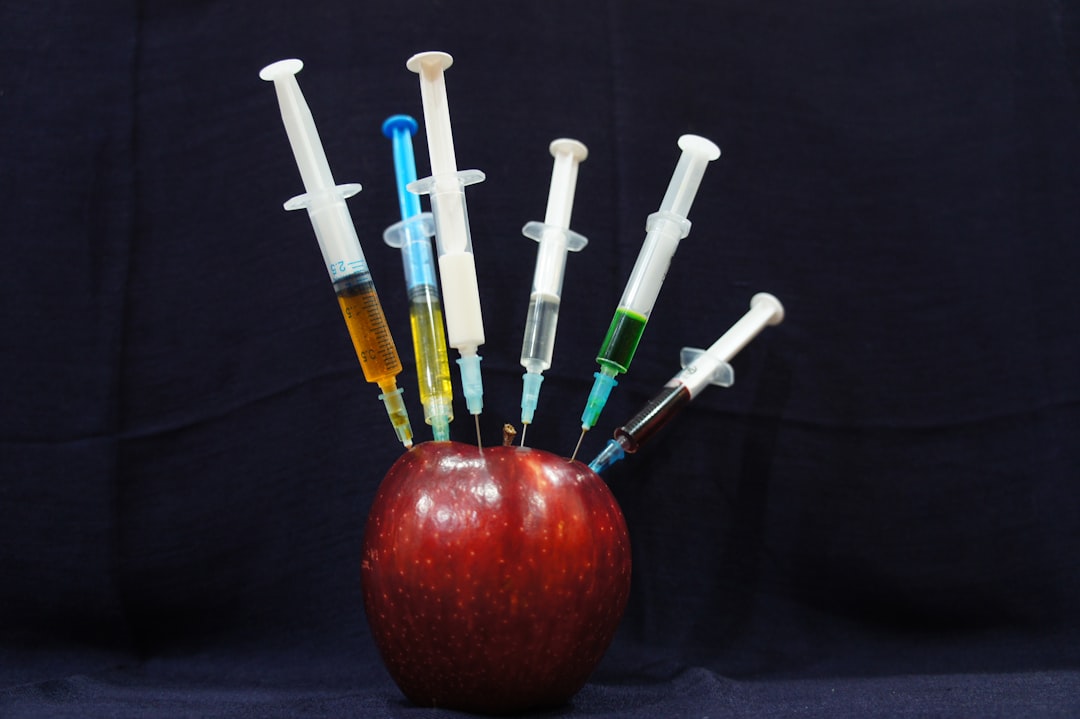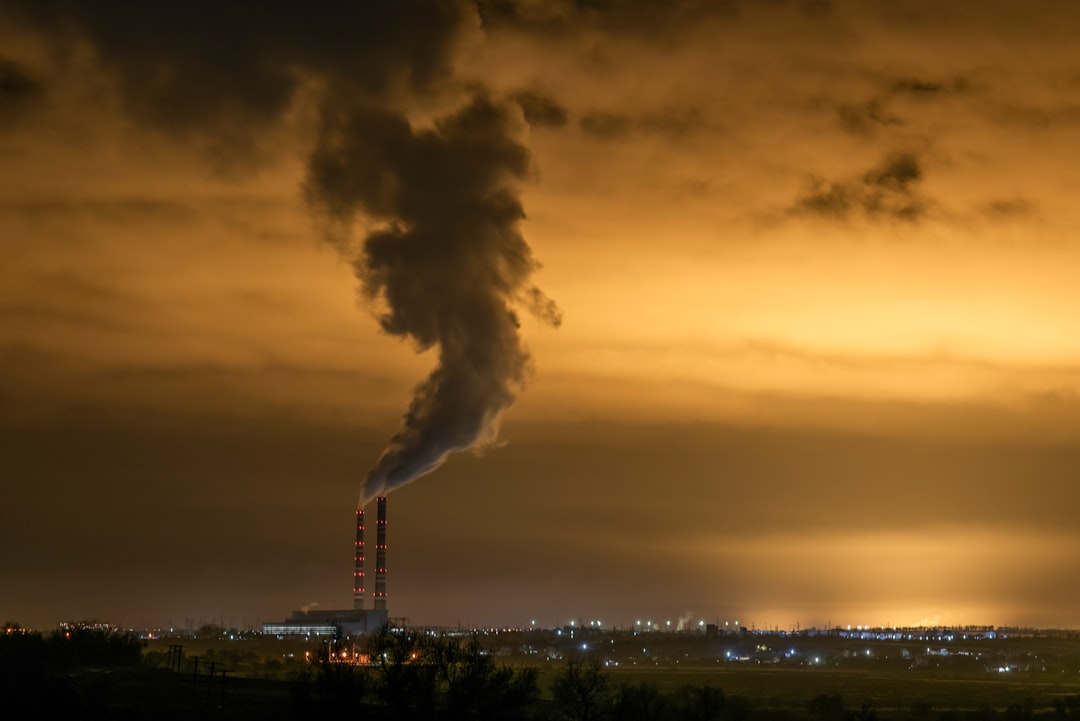What is it about?
This work harnesses an ancient symbiotic relationship between fungi and plants to protect water quality and enhance pollinator habitat. By utilizing native plants, this restoration effort also provides harvest ways for the Original Peoples whose ancestors lived on this land. This research demonstrates how restoration can increase biodiversity of pollinator habitat and phosphorus uptake by plants likely resulting in lower phosphorus loads entering fresh water bodies.
Featured Image

Photo by Laura Ockel on Unsplash
Why is it important?
During this 6th Great Extinction, when invertebrate populations ae in significant decline and freshwater bodies are threatened by agricultural runoff containing phosphorus, green infrastructure strategies ae needed to expand pollinator habitat and mitigate phosphorus pollution. Colonially dominated landscapes do not allow Original People access to their ancestral homelands. This case study demonstrates how environmental remediation efforts can be accompanied by increasing land access.
Perspectives
Writing this article was exciting because it allowed us to link natural science with social justice in this time when interdisciplinary collaboration is essential. The article also demonstrates how scientists can work with Original Peoples in a mutually supportive manner. Additionally this article weaves together the knowledge and experience relevant to both scientists and restoration practitioners.
Jess Rubin
Read the Original
This page is a summary of: The effects of mycorrhizae on phosphorus mitigation and pollinator habitat restoration within riparian buffers on unceded land, Restoration Ecology, March 2022, Wiley,
DOI: 10.1111/rec.13671.
You can read the full text:
Resources
Ongoing Myco-Phytoremediation Research at Shelburne Farms
Recent AgriNews article in November 2021 Issue of AgriNews. p.5
Vermonters Face Stormwater Threat With Fungi, Rain Gardens and More
An interview conducted via a 7Days Article in fall 2019 about our (MycoEvolve's) work and Salix Solutions in effort to help mitigate stormwater
Contributors
The following have contributed to this page










